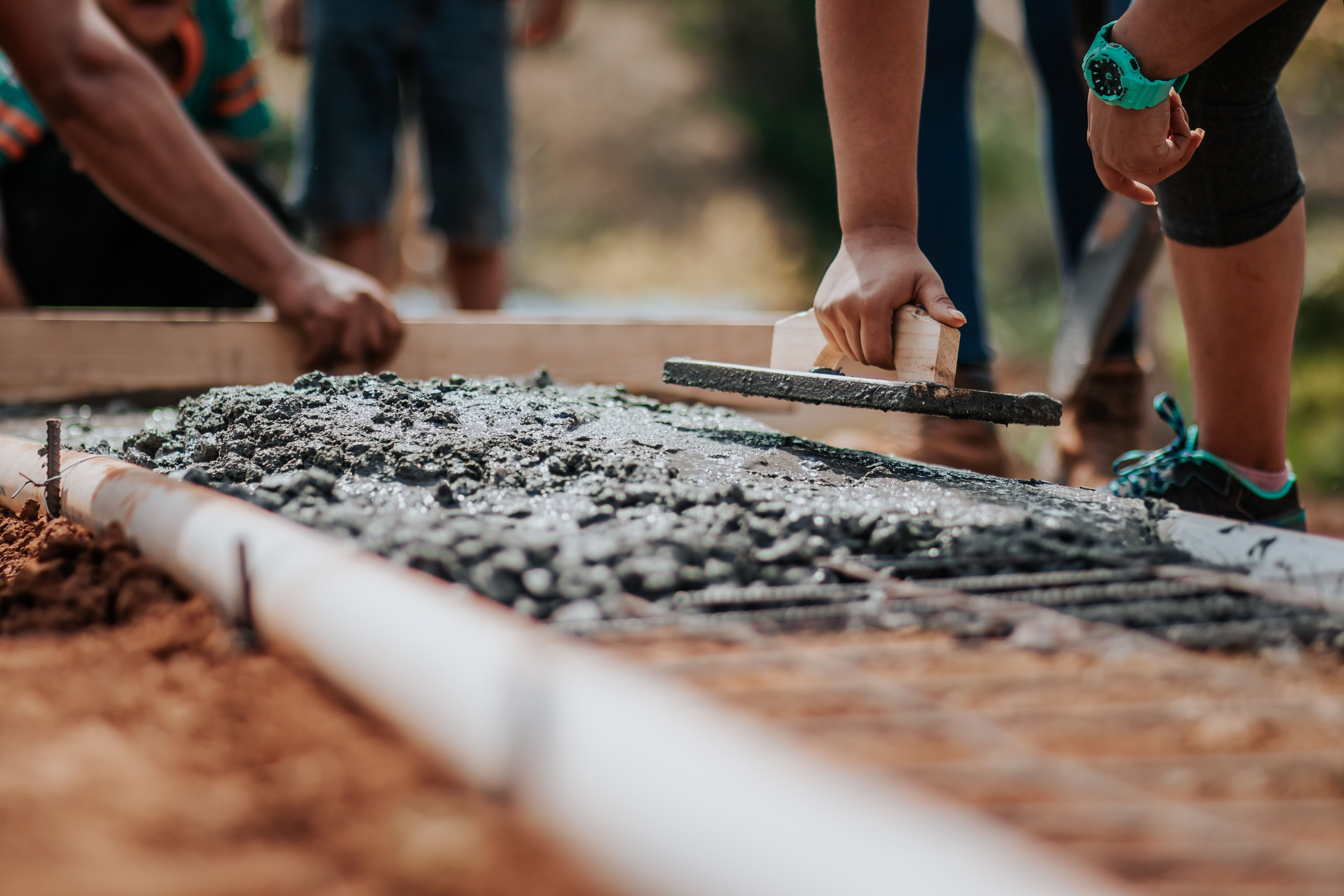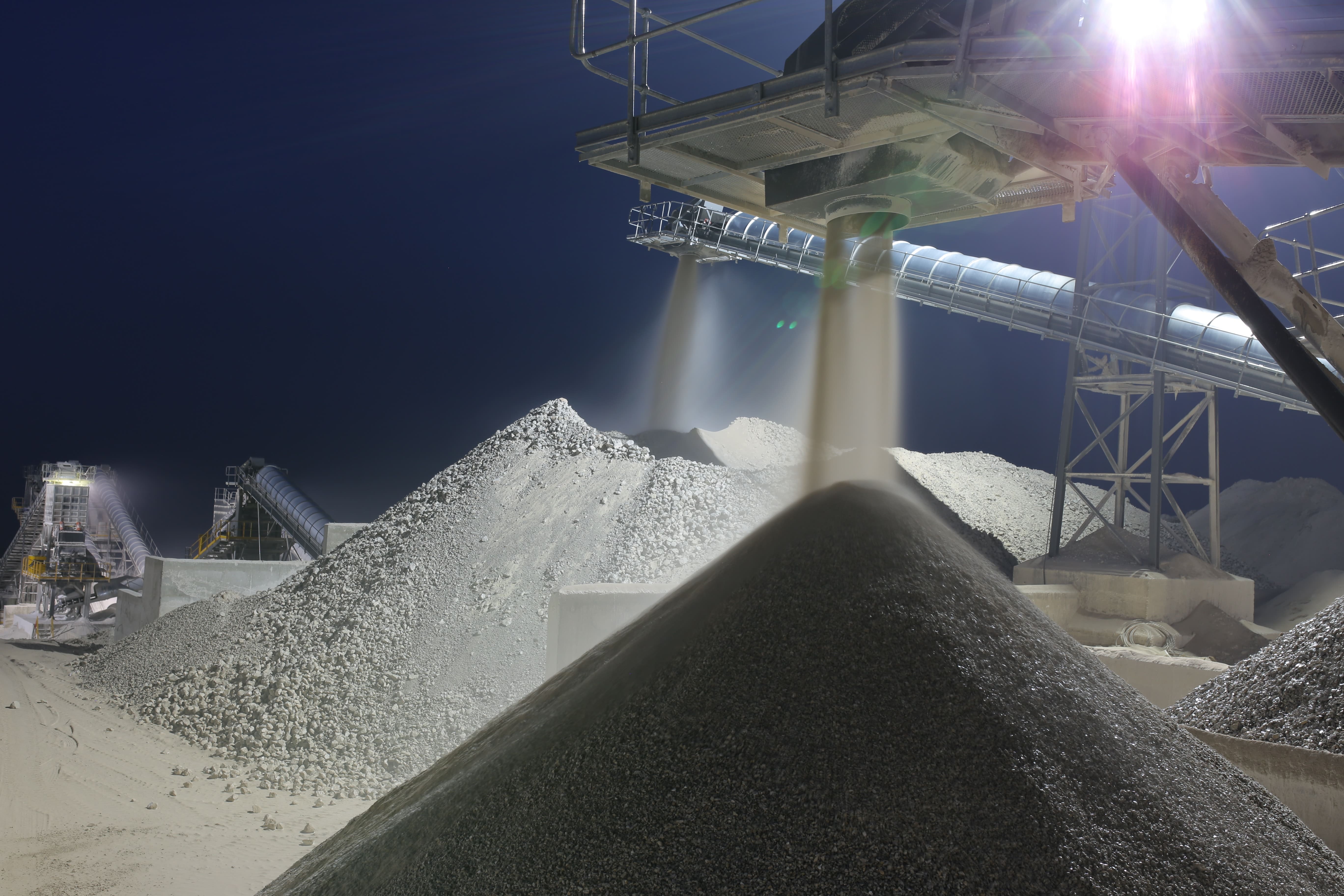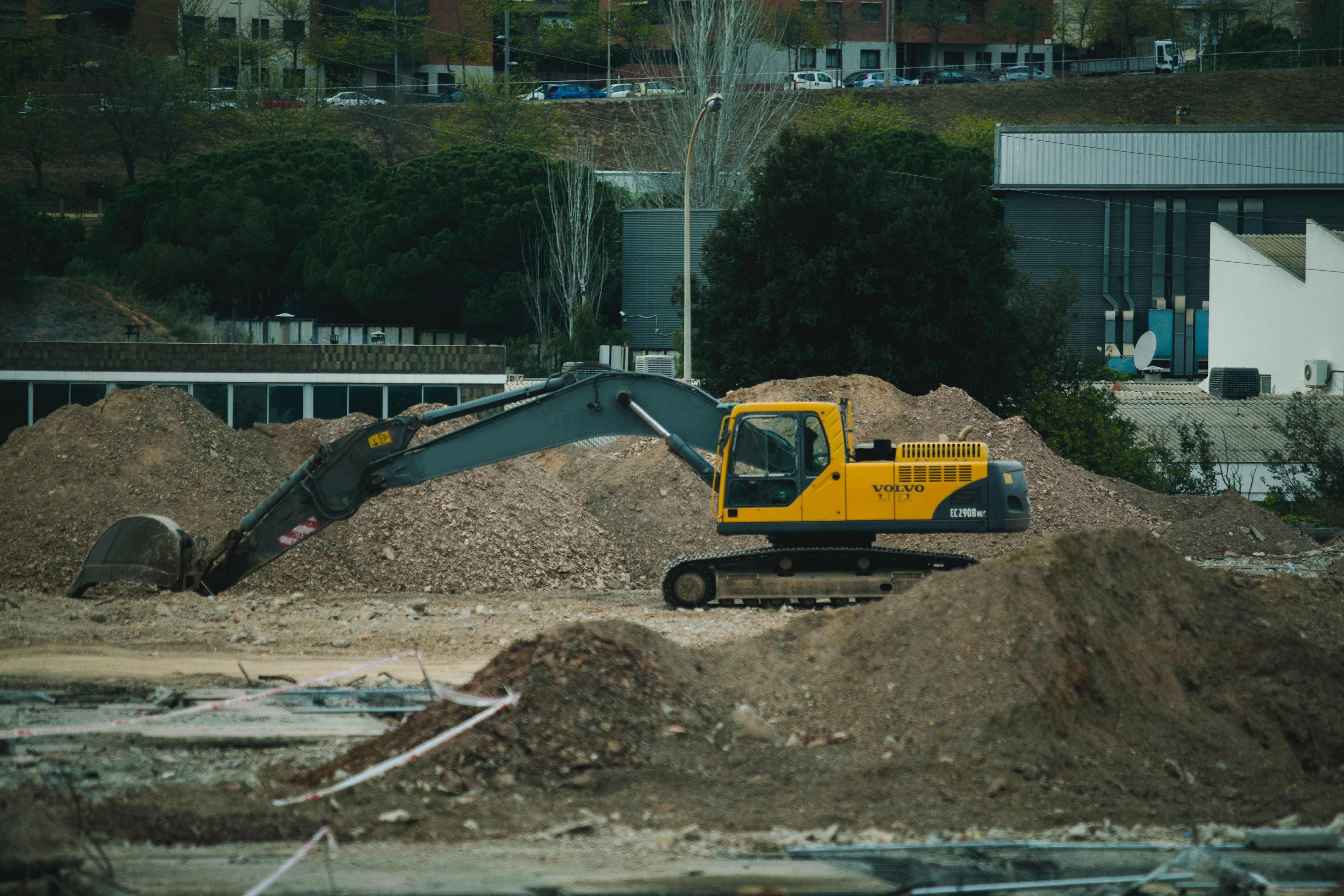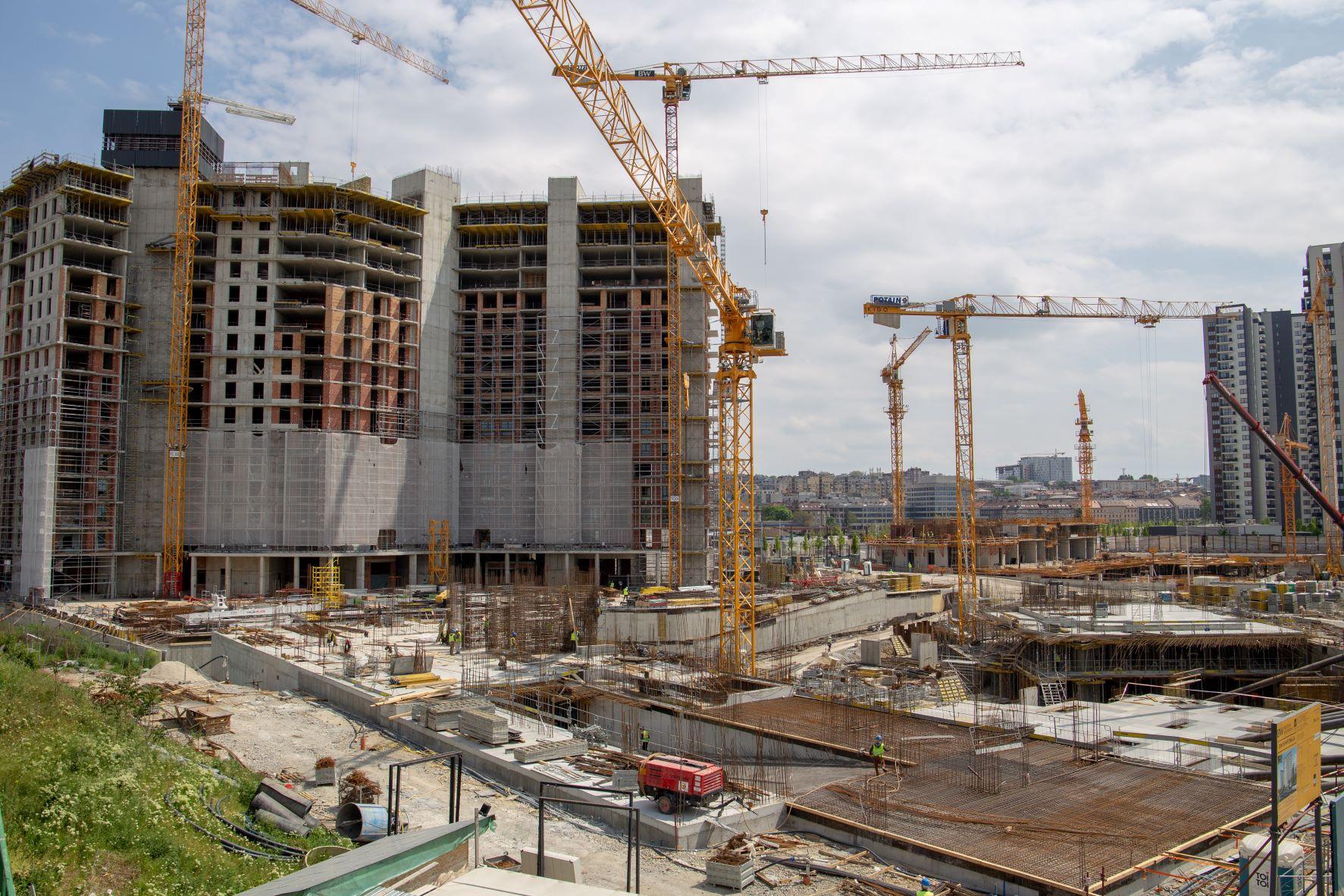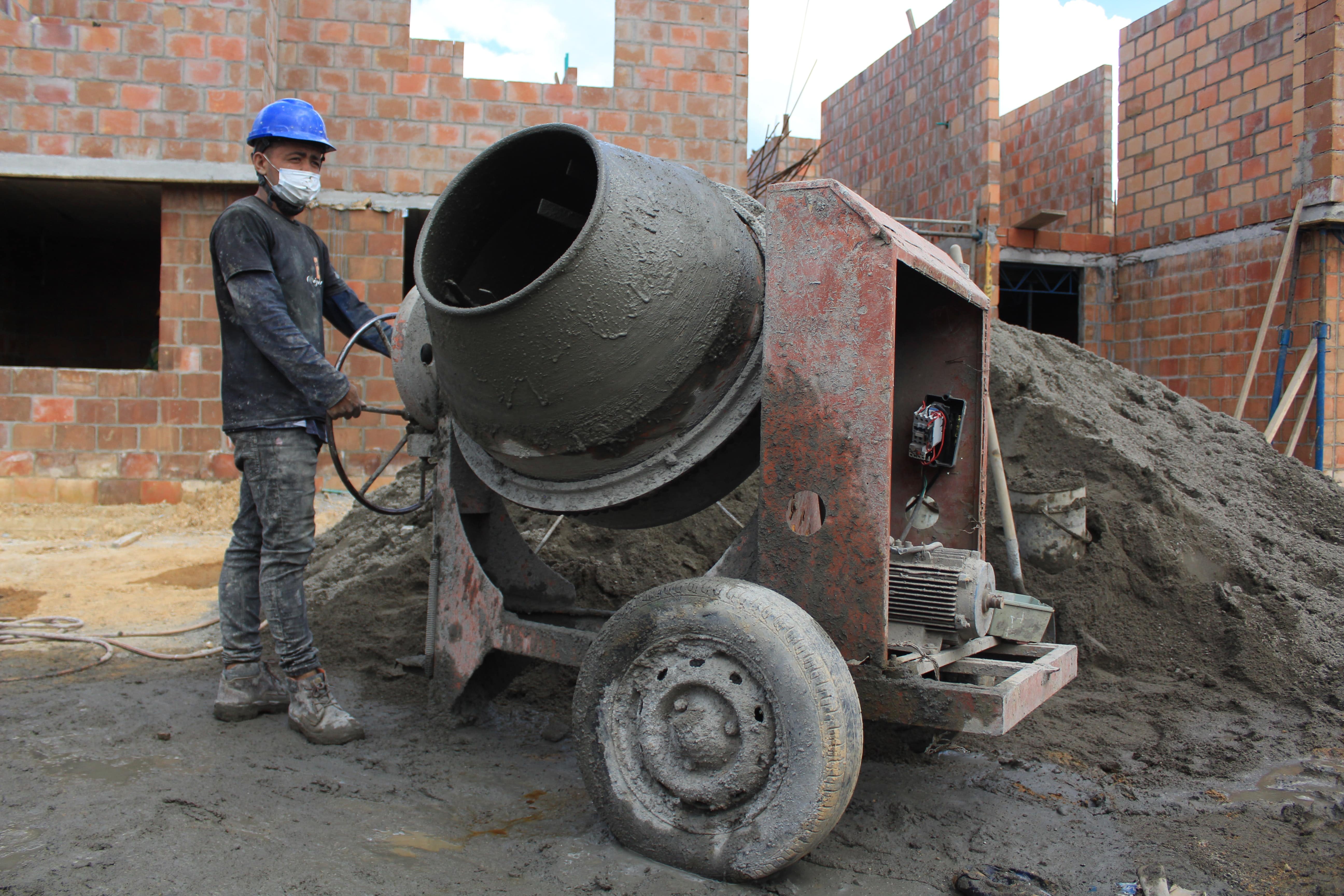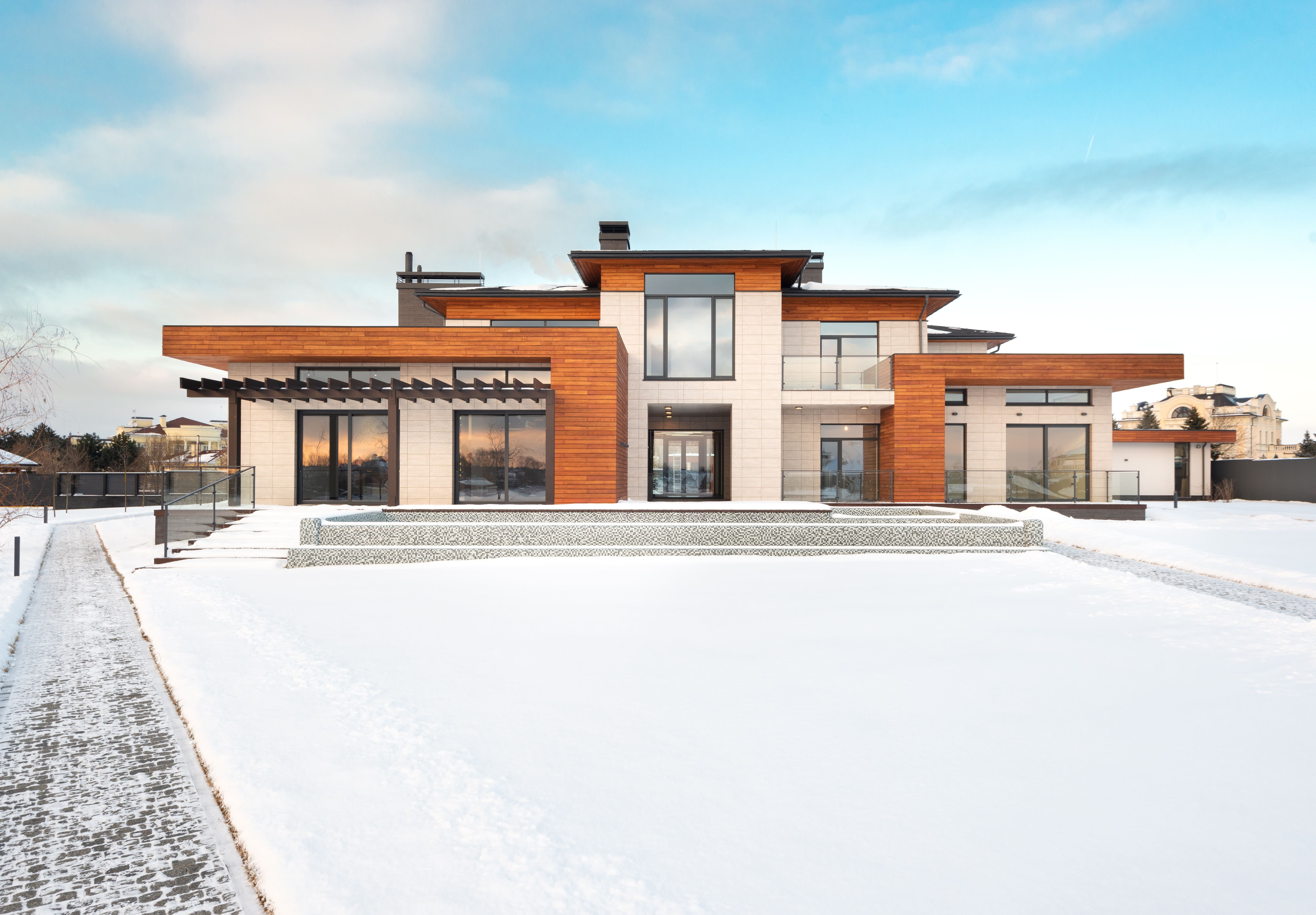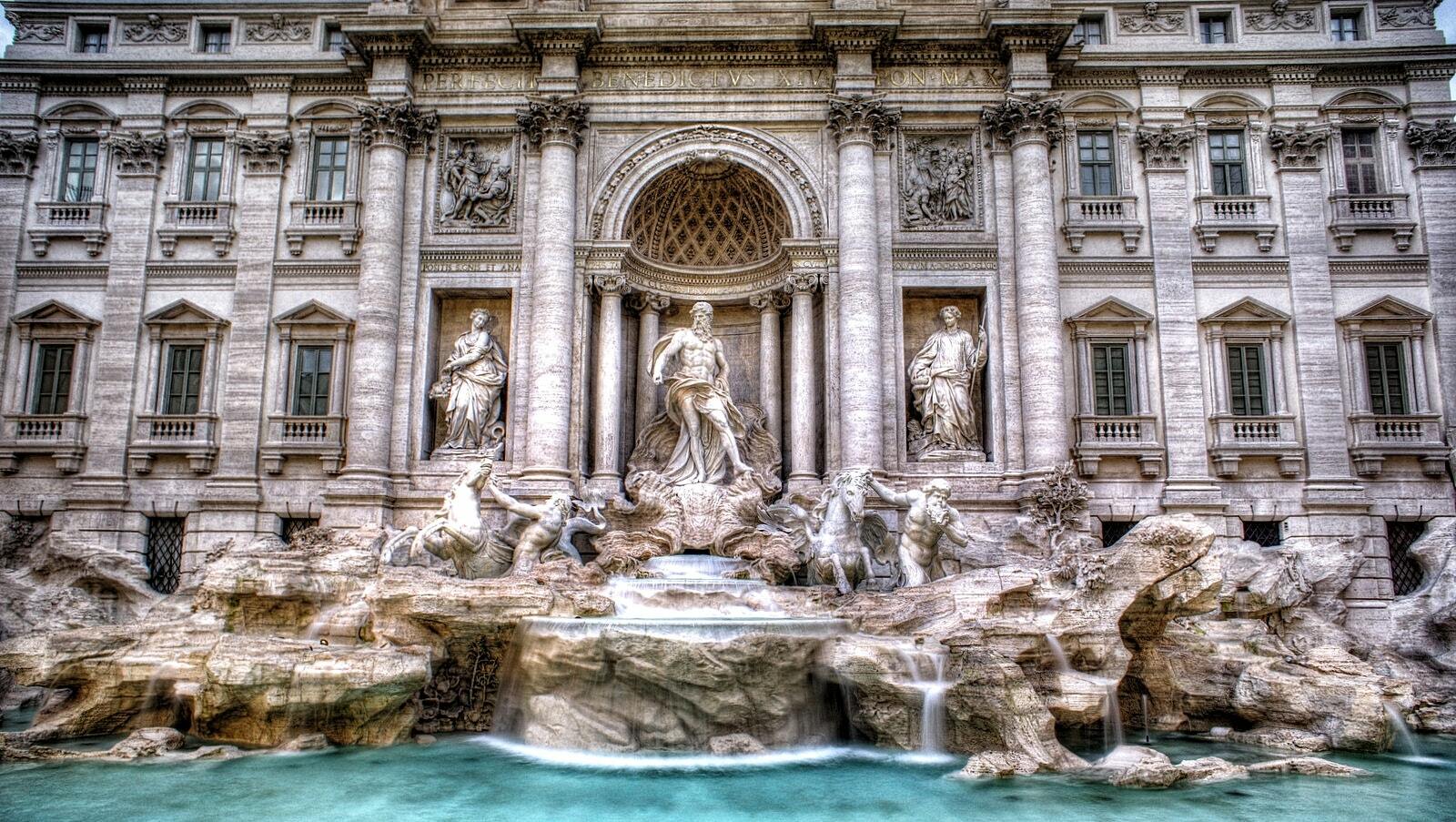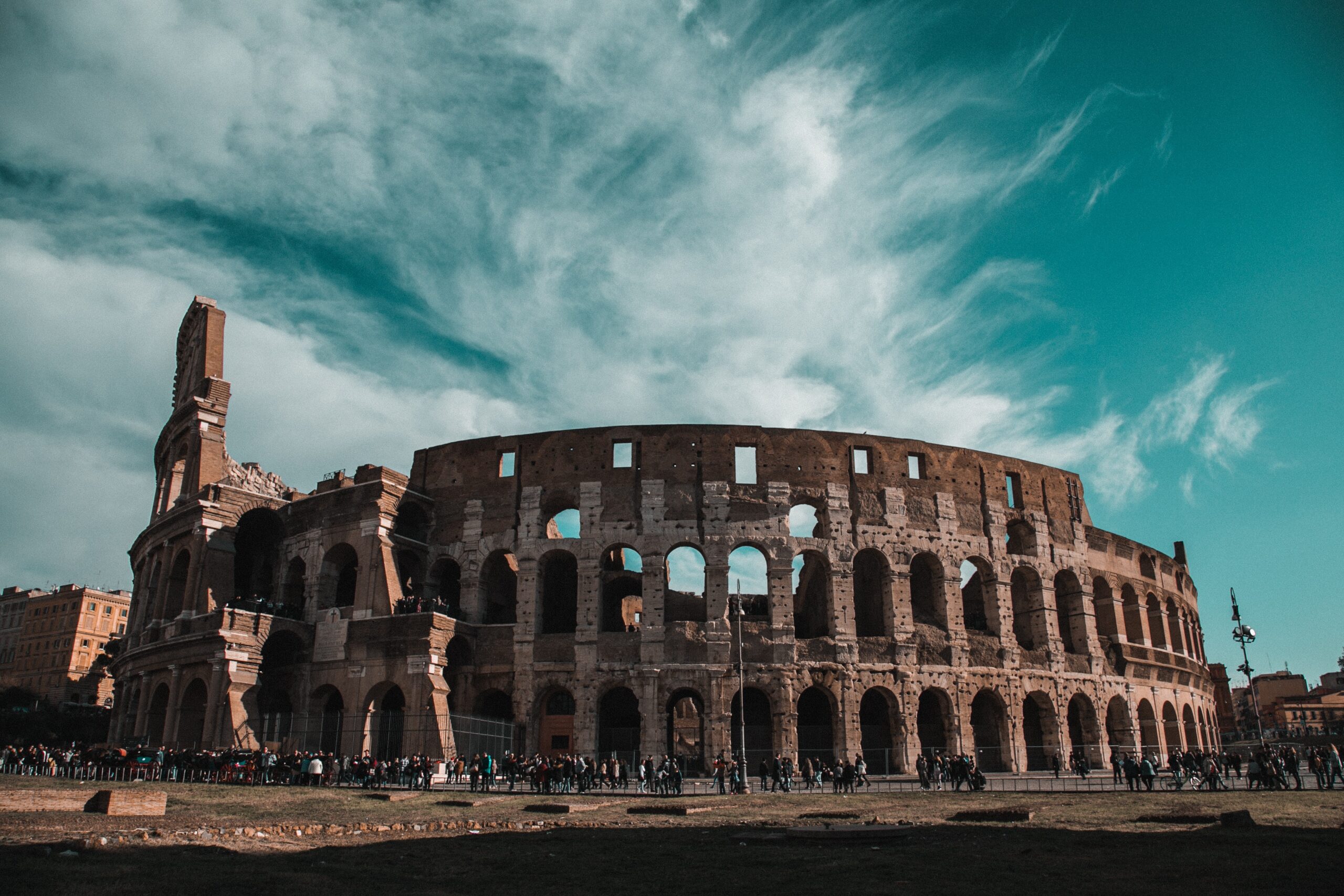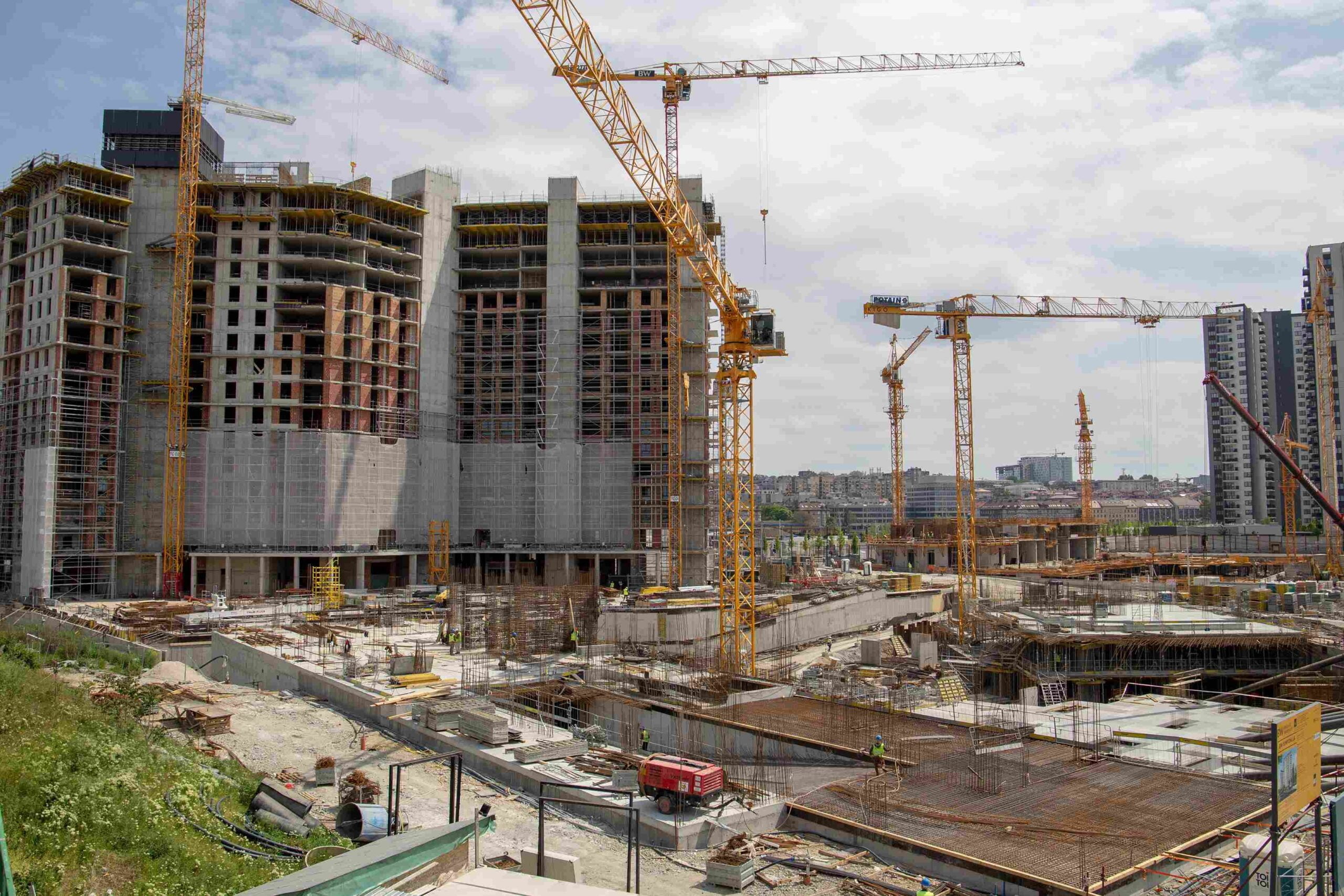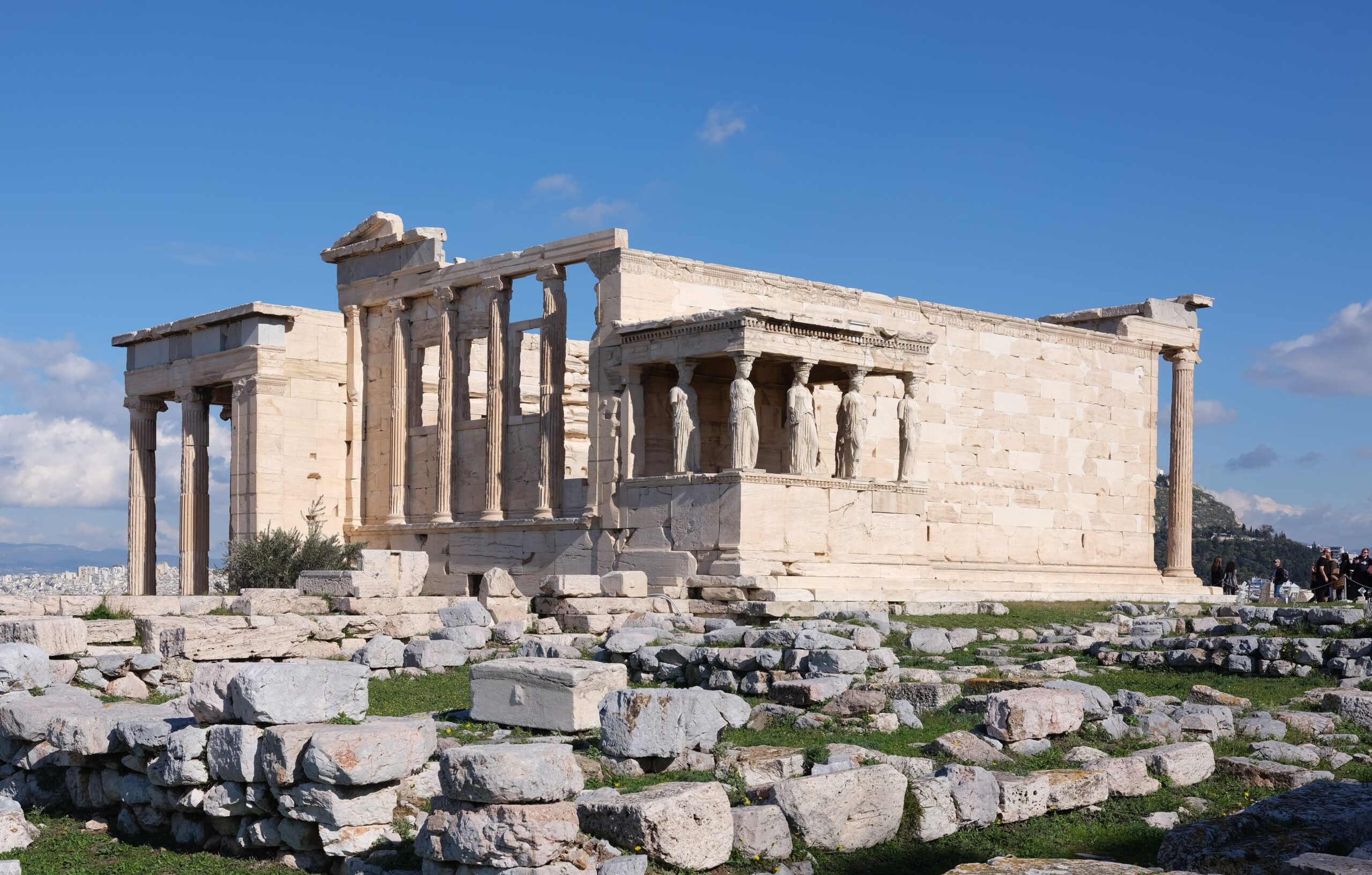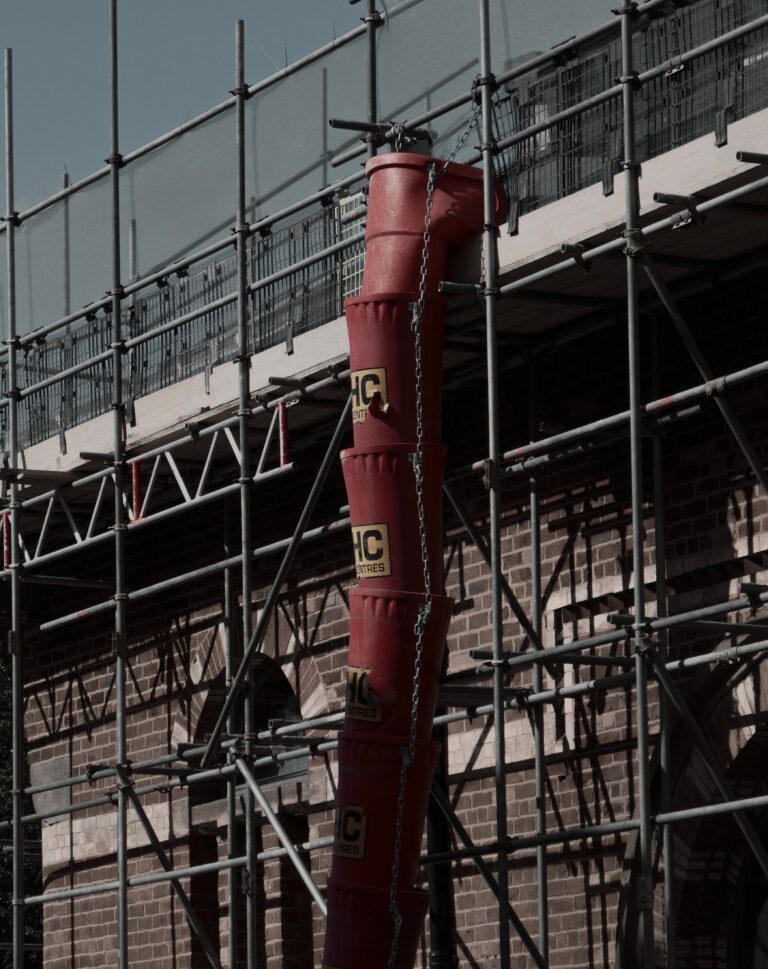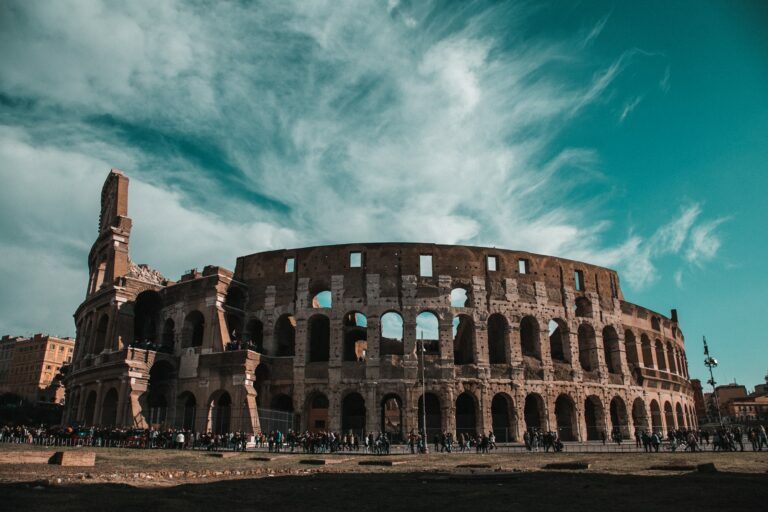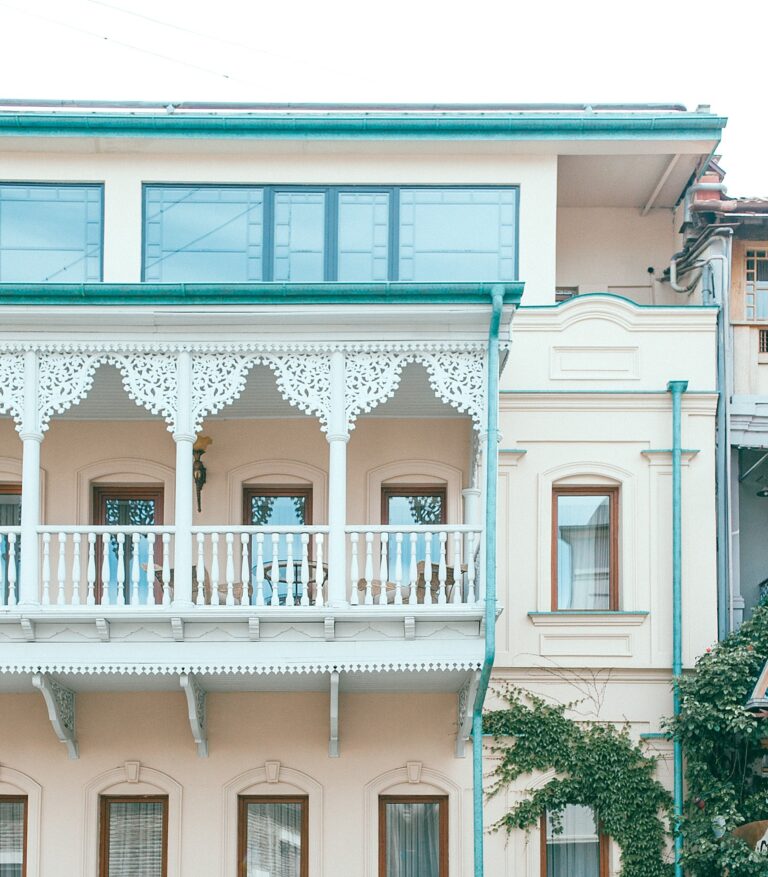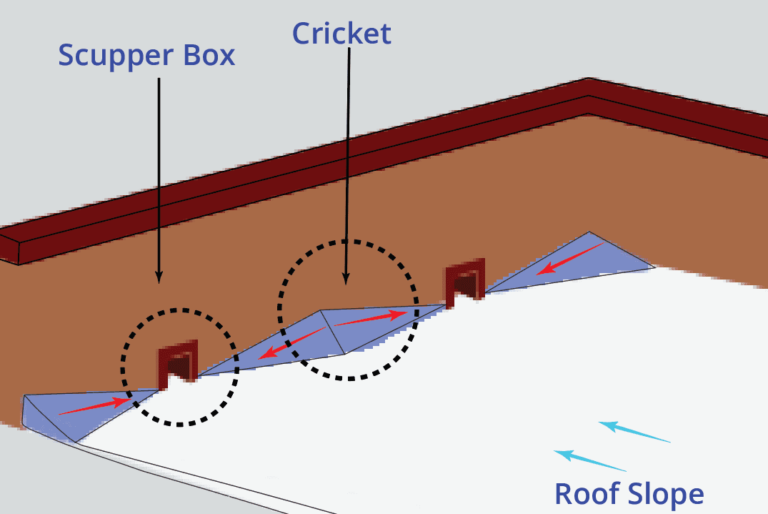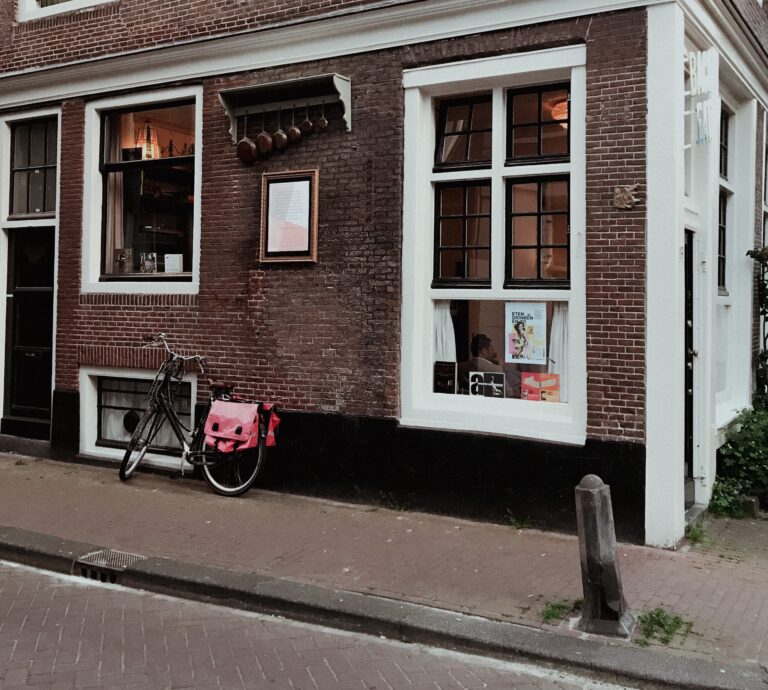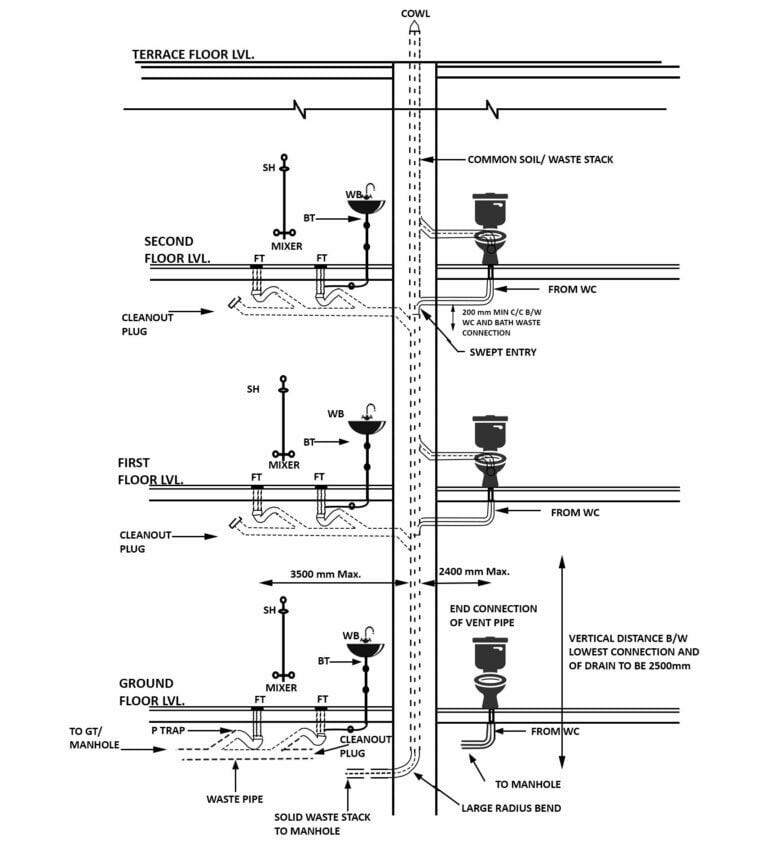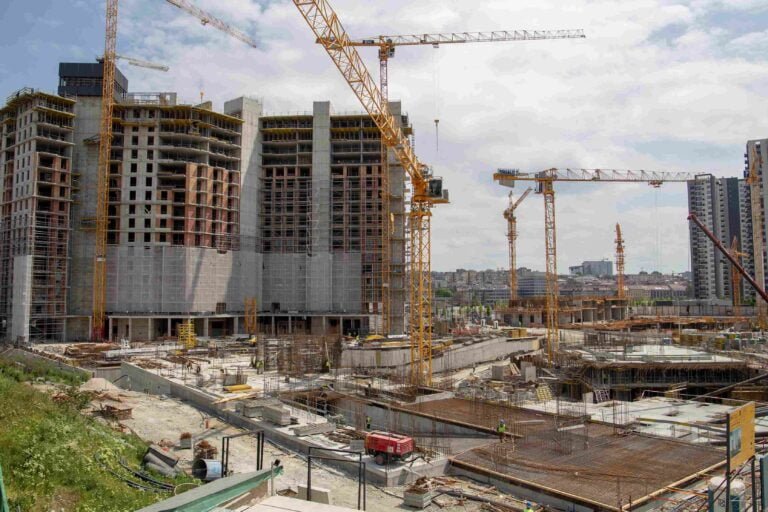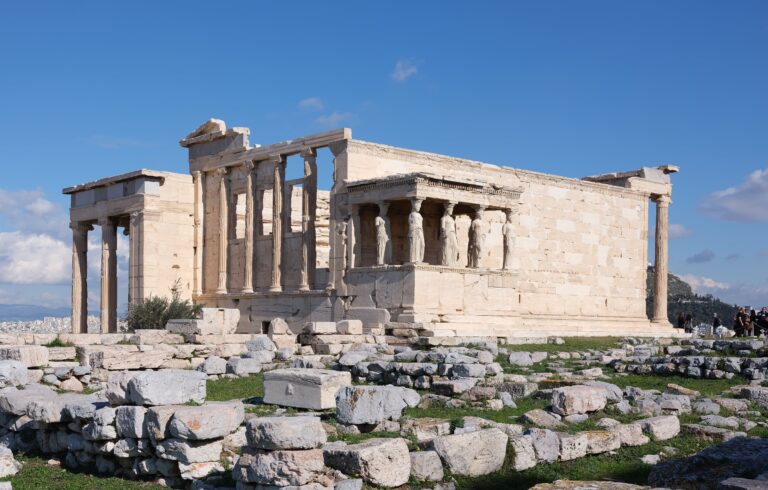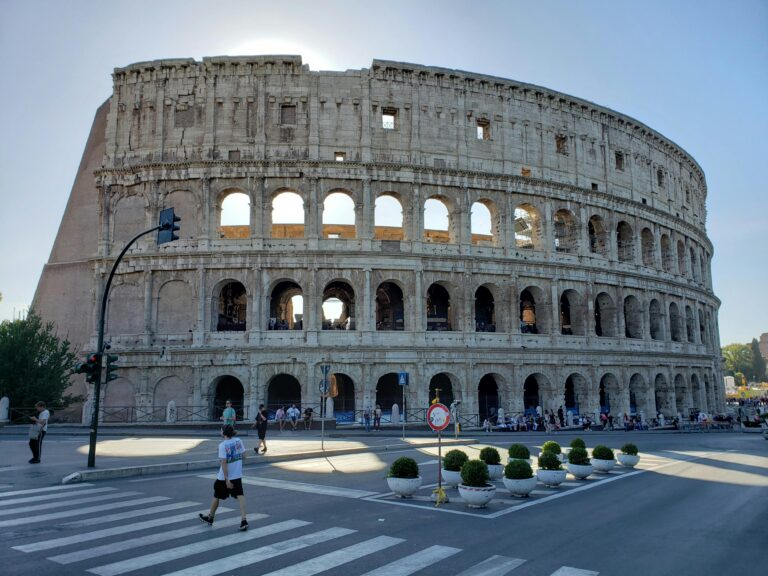Note
* Detailed information for All terms is now available.
- July 29, 2022
- 1:48 am
- No Comments
Adhesive, also known as glue, cement, mucilage, or paste (terms that are often used interchangeably for any organic material that forms an adhesive bond), is any non-metallic substance applied to one or both surfaces of two separate items that binds them together and resists their separation.
- July 29, 2022
- 1:59 am
- No Comments
An admixture is defined as “a material other than water, aggregates, cementitious materials, and fibre reinforcement, used as an ingredient of a cementitious mixture to modify its freshly mixed, setting, or hardened properties and that is added to the batch before or during its mixing”.Organic or inorganic materials are added in small quantities to modify the properties of the concrete, which is in a fresh or hardened state.
- July 29, 2022
- 2:13 am
- No Comments
Aggregate is the term given to the material (sand, gravel, crushed stone, slag, etc.) frequently used in construction for reinforcement and stabilizing the structure. Aggregates are widely used for columns, beams, foundations, and roads.
- July 31, 2022
- 3:36 am
- No Comments
Backfilling is the process of refilling or putting the soil back into a trench or hole created during excavation, especially around the foundations.
- July 31, 2022
- 3:47 am
- 2 Comments
In Building Construction, a beam is a horizontal structural element that generally resists the load applied laterally to the beam by columns, walls and building elements. The beam runs horizontally along the main wall of the building at ceiling height and supports the structure.
- July 29, 2022
- 2:38 am
- No Comments
Board and batten is a siding and paneling style that uses narrow strips of wood placed over the joints of wide boards for a geometric, layered effect. Historically, a wooden batten would be placed over a seam between the wide boards, creating a stronger and more energy-efficient siding.
- July 29, 2022
- 2:28 am
- No Comments
Bracing is a structural reinforcement that is also a secondary but necessary component of the bridge structure. A bracing system serves to stabilize the main girders during construction. One form of bracing is cross bracing, which features two members organized in an X-shape so that one deals with tension and the other with compression
- July 31, 2022
- 3:30 am
- No Comments
A bulkhead is a retaining wall, such as a bulkhead within a ship or a watershed retaining wall. It may also be used in mines to contain flooding. Coastal bulkheads are most often referred to as seawalls, bulkheads, or riprap revetments.
- September 18, 2022
- 1:32 pm
- No Comments
Camber is a slope commonly present on highways or roadways to direct surface water or precipitation to drains. Camber is a slope that is raised at one end. It is also known as the road’s “cross slope.” Cambers are not just built to help with water drainage; they also keep the road from degrading. If rainfall collects on the road and does not drain awa
- September 18, 2022
- 2:06 pm
- No Comments
Building blocks of stones or bricks are to be bonded together to build a structure. Mud, lime, and cement are binding materials. Nowadays, cement is used very commonly as a binding material since it is more reliable.
- July 31, 2022
- 3:51 am
- 2 Comments
Chimney in architecture are shafts, within or next to buildings, intended to carry flue gases from fireplaces (including ovens and appliances) into the open air above the roof. Each of the following must be connected to its chimney: each fireplace with a nominal heat output of more than 20 kW (for gas fires and appliances, more than 30 kW); each fireplace in buildings of more than five full storeys; each open fireplace; each fireplace with a burner and blow
- September 18, 2022
- 2:24 pm
- No Comments
A chute is a type of equipment that is widely used in tall structures to conveniently and safely remove or convey debris, bricks, or other similar material from the upper levels to the ground level or basement level (which is utilised for building construction). This gadget is made up of a chain of cylindrical or conical tubes connected by chains. It can be round, square, or rectangular in shape, and constructed of materials such as stainless steel, plastic, and others.
- September 18, 2022
- 2:43 pm
- No Comments
Cladding refers to any material which is used to cover the primary structure of a building. It acts as a non-structural system that protects the roof or exterior walls from rain, sunlight, and other environmental conditions. Cladding adds one more layer to the external wall or roof. The cladding system consists of an outer weather protective layer, screen, or fillers attached with the help of brackets, gaskets, flashing, sealants, and other
- September 18, 2022
- 2:47 pm
- No Comments
A clapboard, also known as a weatherboard, bevel siding, or lap siding, is used to cover the outer frame of a building to keep water out. Each one is placed horizontally on the outer wall, overlapping the one below it and making a weather-tight surface. They are generally available from 150 to 200mm in width and 15 to 16mm in thickness. For the first time, cleft oak clapboard was used during the 17th century in New England, and after that, clapboard was also made using pine, cypress, and ced
- September 18, 2022
- 2:57 pm
- No Comments
In architecture and building construction, a column or pillar is the most significant structural element that aids in the transmission of load from above to the ground. The column carries all of the loads from the slab, beam, ceiling, and arches and transfers them to the footing and into the earth. Columns are similar to bones in the human body. Bones provide us strength, keep us steady, and transport all of our body weight to our legs. In the buildings, the columns operate just like that. It is essential to the structure’s surviv
- September 18, 2022
- 3:05 pm
- No Comments
The Composite and Tuscan Orders were introduced by the Romans, increasing the total number of architectural orders to five. Orders were widely utilized as aesthetic embellishments, but they were also used productively in temple colonnades. To achieve more height, the Romans put their orders on pedesta
- July 31, 2022
- 3:56 am
- No Comments
Concrete consists of cement, water, sand, rock, and sand aggregates and admixtures. Admixtures are added during the mixing of the concrete to produce special properties. They can alter the setting, hardening, strength, and durability of the concrete
- September 18, 2022
- 3:06 pm
- 4 Comments
In construction, the coping or capping is built on the compound wall, parapet wall, and boundary wall. Coping is provided to avoid the seepage of water into walls during the rainy season. The water gets drained by the slope provided in the coping. Coping also adds to the overall appearance of a building or wall. The slope of 1:20 is provided to drain the water during the rainy season.
- March 7, 2023
- 1:44 pm
- No Comments
The Corinthian order is one of three classical orders in Ancient Greek and Roman architecture. It is the most elaborate of all three orders and was the least developed. This architectural style is characterized by slender fluted columns and elaborate capitals ornate with acanthus leaves and scrolls.
- March 7, 2023
- 1:07 pm
- No Comments
In architecture, a cornice is a decorative element that is typically found between walls and a roof or ceiling. It is also found in many furniture pieces as a crown and highlighting element, mainly over a door, window, or above kitchen cabinets and bookcases. Cornices are used in residential and commercial buildings’ exteriors and interiors to serve an aesthetic as well as functional purpose.
- September 18, 2022
- 2:22 pm
- 2 Comments
A cricket, or saddle, in construction, is a triangular structure constructed to divert the surface water from the roof to the drains. It is designed on a flat or pitched roof mainly around the chimney, roof edges, curbs (Skylights and HVAC), drains, or wherever a 90° angle is formed on the roof. The main purpose of the cricket is to divert the water from the low slope and flat roofs with the parapet wall to…
- March 7, 2023
- 1:22 pm
- No Comments
In architecture, a curb or kerb is an element that is present at the edges of roads, streets, and highways. It is used to highlight the roads, separates the road from the sidewalks, and provide a good flow of surface water drainage to the road.
- September 18, 2022
- 2:31 pm
- No Comments
A curtain wall system is a building’s exterior covering in which the outside walls are non-structural and only serve to keep the weather out and the people in. Curtain walls are nonstructural elements constructed of lightweight materials that help to reduce building expenses. A significant advantage of using glass as the curtain wall is that natural light may reach deeper into the structu
- March 7, 2023
- 1:56 pm
- No Comments
The Doric order is one of the simplest and most primitive of the three ancient orders of Greek and Roman architecture. It is easily distinguished by the simple circular capitals at the tops of the columns.
- March 7, 2023
- 2:05 pm
- No Comments
A drainage system that involves the removal of surface water through well-defined pipeline connectivity or channels is known as a drainage system. Drainage systems for buildings are constructed to work under gravity wherever possible.
- January 26, 2024
- 3:22 pm
- No Comments
Glass is an inorganic building material that is made from liquid sand. It is a hard but at the same time very fragile non-crystalline solid that is often transparent or translucent, brittle, and chemically inert.
- December 29, 2023
- 11:25 am
- No Comments
The Ionic order is one of the classical orders of Greek architecture; the other two are the Doric and Corinthian orders. The Ionic Order first originated in Ionia, a coastal region of central Anatolia (in present-day Turkey). At that location, a number of Greek settlements were present.
- January 22, 2024
- 10:58 am
- No Comments
The Tuscan order is one of the classical orders of Roman architecture; the other four are Ionic, Doric, Corinthian, and Composite. The Tuscan order originated from the Etruscan civilization during the Iron Age.
Backfilling is the process of refilling or putting the soil back into a trench or hole created during...
Board and batten is a siding and paneling style that uses narrow strips of wood placed over the joints...
A bulkhead is a retaining wall, such as a bulkhead within a ship or a watershed retaining wall. It may...
The Composite and Tuscan Orders were introduced by the Romans, increasing the total number of architectural...
The Corinthian order is one of three classical orders in Ancient Greek and Roman architecture. It is...
A curtain wall system is a building's exterior covering in which the outside walls are non-structural...
The Doric order is one of the simplest and most primitive of the three ancient orders of Greek and Roman...
A drainage system that involves the removal of surface water through well-defined pipeline connectivity...
What is a foundation in Building Construction?In building construction, the foundation is the lowest...
The Ionic order is one of the classical orders of Greek architecture; the other two are the Doric and...
The Tuscan order is one of the classical orders of Roman architecture; the other four are Ionic, Doric,...


